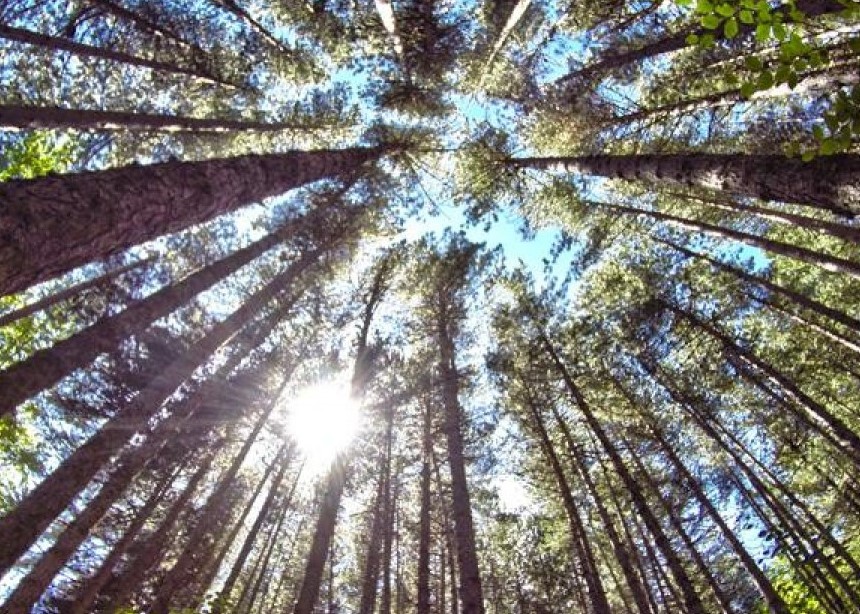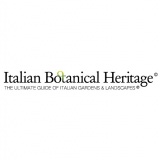
The Guided Biogenetic Nature Reserve (RNGB) "I giganti di Fallistro" (The Giants of Fallistro) was established by the Ministry of the Environment in 1987 with the aim of safeguarding a strip of centuries-old larch pine wood on the Silan plateau, in the Calabria region.
The territory of the Natural Reserve of Fallistro falls in the municipality of Spezzano della Sila (Cosenza), in the Sila Grande area and in the basin of the river Neto. Its surface is 65061 square yards.
The Reserve was created as a place of study and conservation of the larch pine, which here is the master of the other species present such as beech, poplar and maple.
There are 58 examples of larch pine, of different ages and sizes, dating back to 1620-1650, planted by the owner of the land next to it, who had his summer residence built.
The surface of the Nature Reserve is covered for 79% by the pure pine forest of larch pine, 7% by specimens of beech and quacking aspen and the rest are areas without forest, used for summer grazing or areas where we can find mountains maple and cherry threes. The perimeter of the Fallistro Nature Reserve is partly made up of riparian forest vegetation with species such as black alder and black poplar.
The larch pine forest comprises four different stages of development:
- Old pine forest: 60 specimens 350-400 years old, a trunk diameter of 2,18 yards and a maximum height of 47 yards. The undergrowth is formed by a herbaceous layer with some rosehip plants.
- Adult pinewood: trees of 70-80 years old next to the old forest on a slight slope. The undergrowth of grasses includes rare bushes of wild rose and hawthorn.
- Young pinewood: trees of 30-35 years of natural origin. The undergrowth is non-existent due to the high density of the arboreal layer, there is a thin layer of undecomposed litter on the ground.
- Thick: 20 year old trees. The undergrowth is not present due to the great density of the arboreal layer in continuous competition, there is a light layer of litter.
In addition to the larch pine, inside the Fallistro Nature Reserve there are other species of conservation interest, such as Limodorum brulloi, a small semi-parasite orchid endemic to the Calabrian mountains and which forms a rich population within the reserve.



